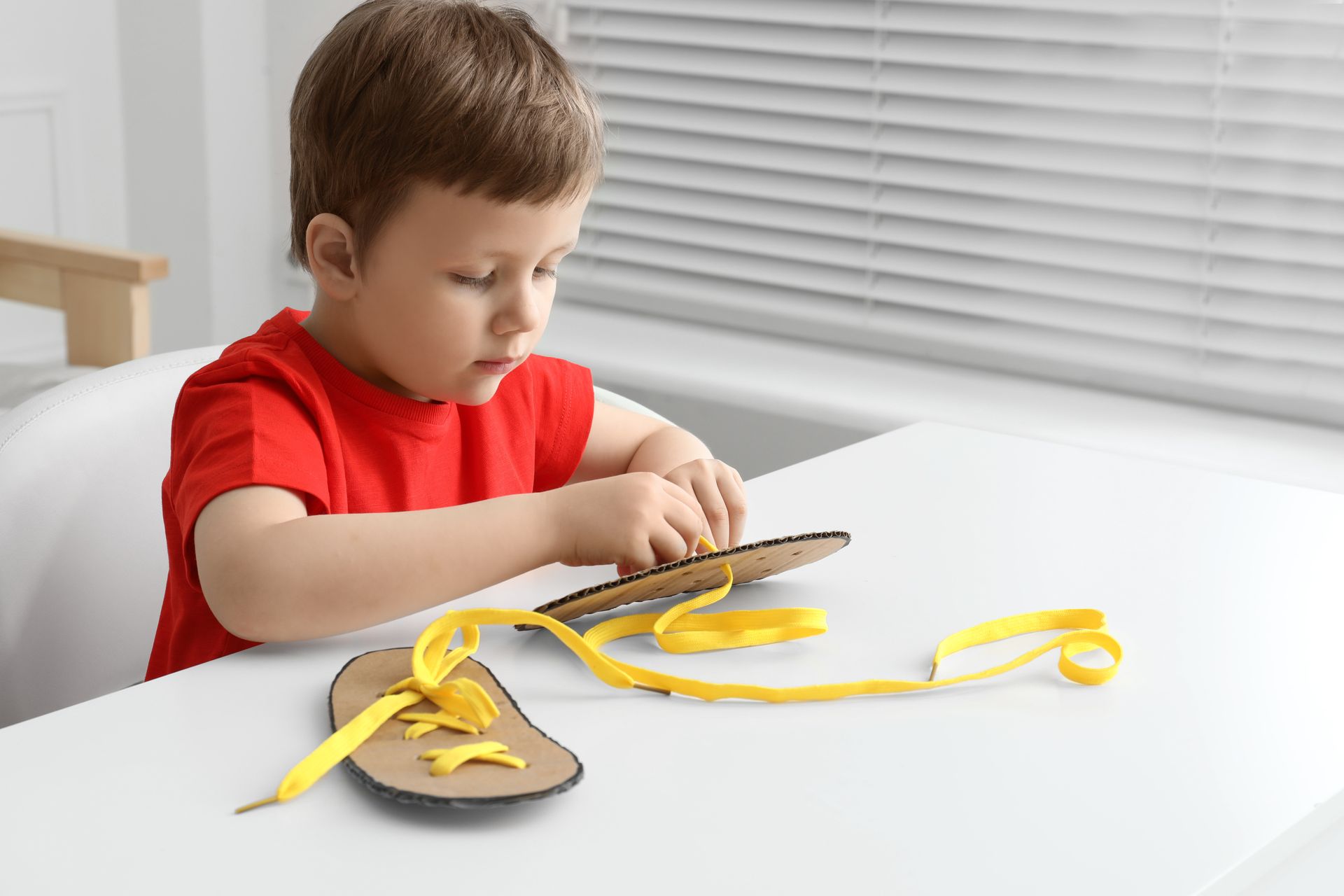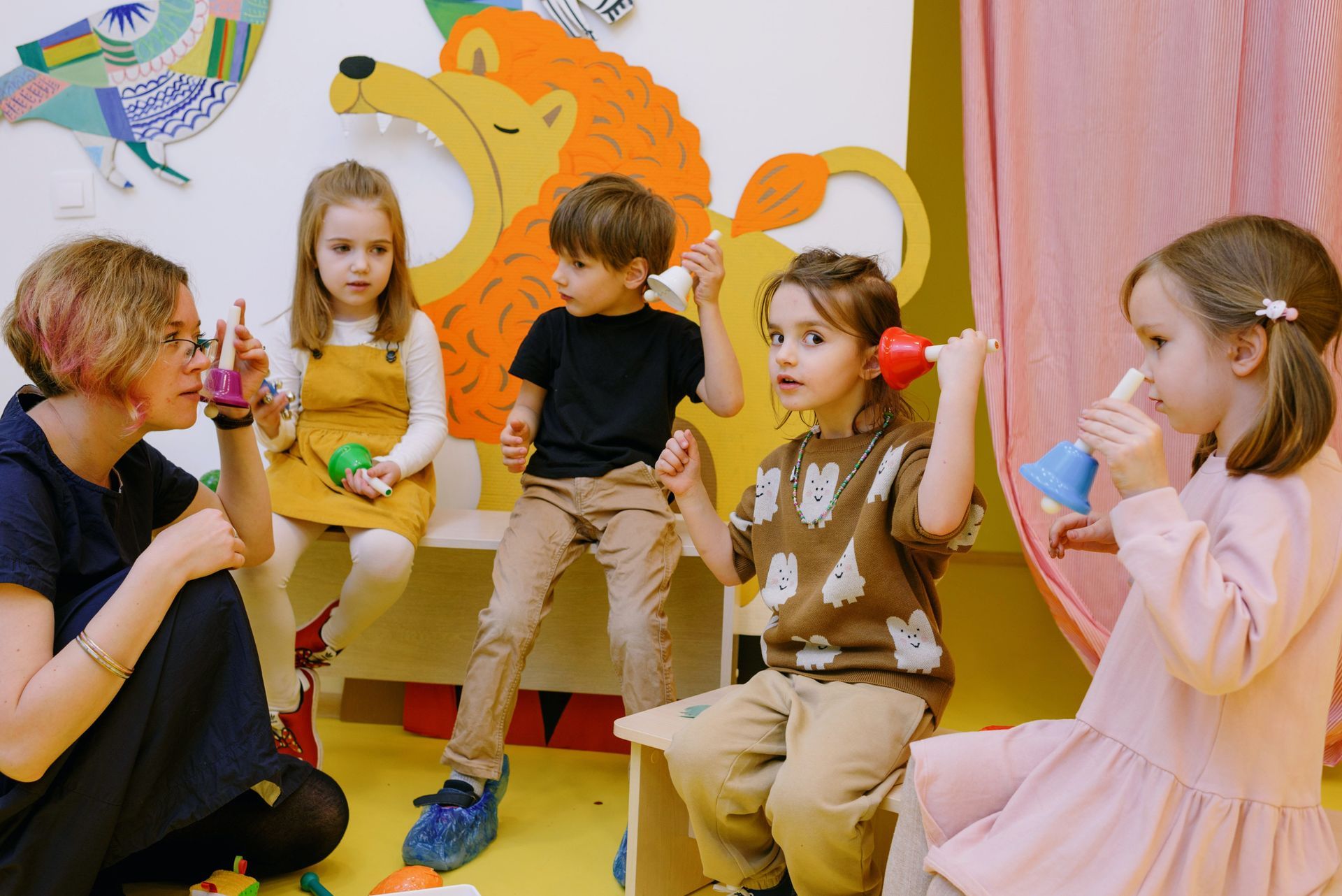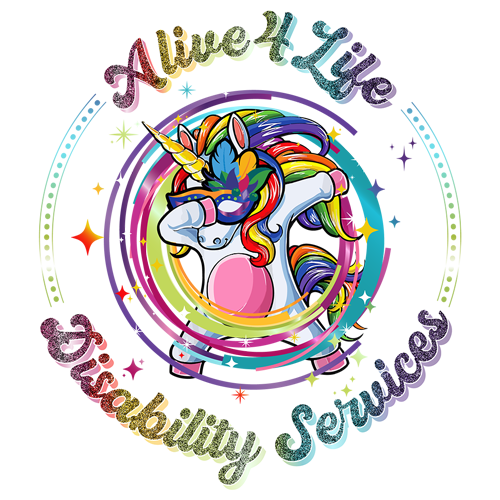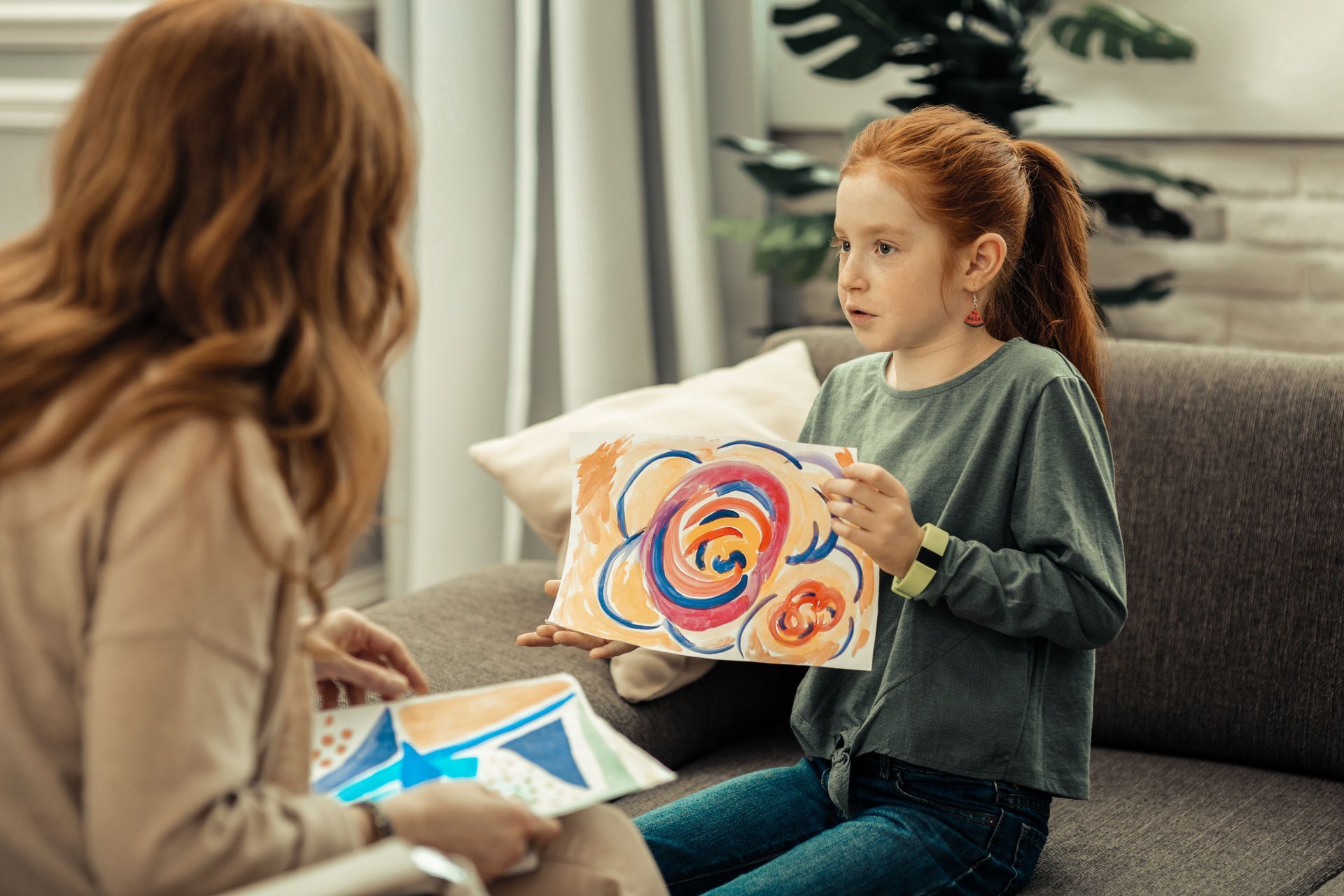As children grow and navigate their way through the world, they face unique challenges and experiences that could be negative or difficult. For some children, these obstacles may impact their ability to cope with daily life. This is where occupational therapy Wollongong and occupational therapy Campbelltown plays a crucial role in supporting children in reaching their fullest potential.
Occupational therapy offers specialised strategies and interventions designed to address the specific needs of children with disabilities and special conditions so they can develop the essential skills that they need to be independent and successful in life.
Before we delve deeper into the roles and activities of occupational therapists in pediatrics, we must understand the impact of occupational therapy on children's development and how it can greatly help them live a happy and meaningful life. Let's find it out on this blog.

What can an OT help a child with?
Occupational therapy helps children with physical, mental, or emotional challenges build their self-esteem and confidence. Occupational therapists work with kids to develop better skills for daily activities in school, at home, and in the community.
With occupational therapy, children with disabilities can:
- learn basic self-care skills allowing them to develop greater independence in activities like bathing, brushing their teeth, grooming, and feeding themselves
- develop positive behaviour by managing emotions properly including stress, anxiety and anger
- gain organisational skills by assigning tasks one at a time until they learn how to plan, prioritise, and complete certain tasks
- enhance fine motor skills to facilitate the ability to grasp and release objects, as well as develop proficient handwriting skills
- strengthen gross motor skills to develop coordination and control over their body movements
- improve eye-hand coordination to engage in sports activities, as well as perform basic academic tasks like copying lectures from a blackboard
- promote independence and self-reliance by using specialised equipment such as wheelchairs, splints, bathing aids, dressing tools, and communication aids
- enhance visual perceptual skills by playing memory games, puzzles, and construction toys
- sharpen cognitive skills by reading to them daily and presenting them with various types of images
- regulate sensory processing skills by simplifying tasks and reducing visual distractions
- develop social skills through social interactions and getting involved in selected community activities
Does Occupational Therapy help with ADHD?
Occupational therapy can provide valuable assistance to individuals with ADHD in various ways. Through occupational therapy, obstacles to success can be identified and strategies can be implemented to help an individual with ADHD lead a more productive and independent life. This type of therapy also helps in practising and refining existing skills as well as fostering problem-solving skills so they can be prepared to face unexpected situations.
Occupational therapy provides a comprehensive and well-rounded approach to address the unique challenges and needs of children with ADHD. By focusing on the important aspects of their daily lives, occupational therapy can help them learn to manage their behaviour as well as their activities in ways that lead to successful outcomes.
Why does a child with ADHD need Occupational Therapy?
Attention-Deficit/ Hyperactivity Disorder (ADHD) is a mental health condition that affects a person's ability to focus and regulate their emotions. Children who have this mental health condition may have difficulty concentrating, paying attention, controlling their behaviour, or completing tasks.
Due to the individualised nature of ADHD symptoms, occupational therapy aims to assist children in developing strategies to manage these symptoms and improve their ability to engage in meaningful activities.
Children with ADHD need effective strategies that will help them manage and enjoy their everyday life to the fullest. This is where occupational therapy can help as it is designed to support children in developing the essential skills and behaviour that they need to lead a more productive life.
On top of that, occupational therapy allows parents and carers to understand the needs of their children. With a better understanding and guidance, parents and carers can further help them to practice self-regulation and manage their emotions in a healthy way.
What is the role of occupational therapists in early childhood?
Early intervention is essential in supporting the development of children with special conditions, and occupational therapists play a critical role in this process. Rather than waiting for a child to learn on their own, taking proactive measures is better to address any difficulties before symptoms develop futher.
Occupational therapists work closely with children and their families to create customised interventions that address any developmental delay or challenges they have while they are young. By utilising evidence-based techniques and strategies, occupational therapists can help children achieve important developmental milestones and improve their overall quality of life.
Through early intervention, an occupational therapist can identify potential issues early on and begin working with the child to overcome these challenges. This approach can ultimately help children with special conditions achieve greater independence and success in their daily activities and routines.
Early interventions basically help children with special conditions to reach their full potential. That's why acting early helps make a significant difference in a child's ability to communicate, engage in play, and learn from their surroundings, both in the present and for the future.
Paediatric occupational therapists not only provide mental health treatment plans to children but they also provide prevention services that help to identify and address any physical, cognitive, social, or emotional delays in a child.
What activities do occupational therapists do?

Depending on the condition of the child involved, pediatric occupational therapists work on various types of activities to provide for the specific needs of a child.
As part of the therapy process, a paediatric occupational therapist ensures that the environment is suitable to the needs and conditions of the individual. For children, this means providing services that include:
- Functional Capacity Assessments
- Assistive Technology Assessments for specialised equipment prescription
- Therapy and rehabilitation
- Home modifications
- Falls prevention
This could also be making changes to the home or in a school setting which include:
- placing ramps to allow access to wheelchairs
- installing a stairlift and grab rails on stairs
- providing a raised toilet seat, bath lift, and shower seat
- decluttering, reorganising cupboards, and creating visual cues to enhance navigation and accessibility
In other instances, a pediatric occupational therapist may also use activity grading to help children with mental health conditions be more involved to perform a certain task. An activity grading helps break down the task into smaller, achievable steps. Slowly, the occupational therapist will then provide support and guidance as the child completes each step.
For example, a child struggles to write his/her name. A pediatric occupational therapist can grade the activity by breaking it down into smaller tasks like helping them hold a pencil first to improve hand strength and sensory skills as well as improve concentration.
Significantly, as children gain more confidence in performing the activity, they can progress to the next step and eventually achieve their intended goal with greater ease. An occupational therapist will assess an activity that a child finds challenging and determine if there are alternative approaches to accomplish it.
What is an example of Occupational Therapy for children?
Children have limited responsibilities. All they need to do is to grow, learn, and play. Through occupational therapy, children with physical, sensory, and cognitive disabilities can do these tasks independently with ease and confidence.
Occupational therapists create engaging play and leisure activities that assist children in overcoming challenges they face due to illness or disability. As an example, an occupational therapist can help children with cerebral palsy learn how to use a wheelchair so they can take part in activities whenever they want to.
An occupational therapist may also focus on improving social interaction and sensory processing for children with autism spectrum disorders or sensory processing disorders. Play-based therapies are effective in supporting children to develop their fine motor skills while enhancing their ability to solve problems and make decisions.
With the help of occupational therapy Campbelltown services, children can experience significant improvements in their functional ability and overall well-being.
What does an occupational therapist do in pediatrics?
A pediatric occupational therapist approaches children from a holistic perspective, aiming to understand the underlying causes of their developmental delays and disabilities.
As an integral part of their primary role, a pediatric occupational therapist conducts a thorough evaluation of a child's gross motor skills, fine motor skills, cognitive abilities, social development, and competence in self-care practices to assess the child's ability to successfully participate in daily activities.
Recognising the importance of these skills, occupational therapists strive to support children in their journey towards becoming confident and independent adults.
What are the common conditions for pediatric occupational therapy?
Children with a diverse range of physical and cognitive disabilities can greatly benefit from paediatric occupational therapy sessions. These conditions could be present from birth, have developed as the child grows, resulting from an accident, or comorbidity associated with other chronic illnesses.
Some of the common conditions may include:
- Sensory processing disorders
- Developmental delay
- Attention Deficit/ Hyperactivity Disorder (ADHD)
- Autism spectrum disorders
- Learning difficulties and cognitive disability
- Cerebral palsy and other chronic illnesses
- Traumatic injuries (brain, spinal cord, bones, hand, etc.)
- Birth defects
- Post-surgery recovery
- Burns
What does a paediatric occupational therapist do?

Paediatric occupational therapists focus on helping children develop the skills they need to thrive in daily life. They typically work with children who have any developmental delay, physical disabilities, or sensory processing issues. Through a targeted approach in these key areas, they assist children in cultivating the confidence, self-esteem, and social skills they need to improve relationships and enhance their overall welfare.
As part of their work, paediatric occupational therapists help children learn basic life skills from dressing themselves to completing daily tasks at home and school. They also work with children to improve their fine motor skills, hand-eye coordination, and cognitive abilities. They use a variety of techniques, including play-based therapies, sensory integration therapy, and structured activities to help children reach their goals and achieve success in their daily lives.
What age is covered by Paediatric Occupational Therapy?
Children and young individuals eligible for paediatric occupational therapy should meet the following criteria:
- Age between 0 and 19 years (if still receiving secondary or special education input)
- Experience significant difficulties that significantly impact their daily living activities in one or more of the following areas:
- access and equipment
- self-care skills
- functional skills
- play and coordination
- sensory processing disorders
Conclusion
Witnessing our children with mental health conditions and disabilities struggle with everyday living can be challenging. Having to deal with all the emotions and reactions can be overwhelming, especially for the parent or the carer. But with the help of occupational therapy, family members and caregivers, including the child can learn to manage their conditions better.
Children are taught the skills they need in order to effectively engage in self-care, play and leisure activities, and education. Through occupational therapy, not only will children improve their physical, mental, and social well-being but they can also gain the independence and confidence they need to help them thrive and experience a brighter and more fulfilling life.


About Alive4Life
Alive4Life Disability Services provides support and services to enhance the quality of life of NDIS participants and their families across Campbelltown and Wollongong.
We hope you enjoy reading this blog post!
Alive4Life Disability Services is a registered NDIS provider with a strong passion for delivering a high standard of supports and programs to NDIS participants across Wollongong and Campbelltown.
Contact Information
Phone:
Head Office:
Lower Ground, 159 Queen Street
Campbelltown 2560
Wellness Centre:
129 Corrimal St
Wollongong NSW 2500 Australia
About
Services and Support
Contact Information
Phone:
Head Office:
Lower Ground, 159 Queen Street
Campbelltown 2560
Wellness Centre:
129 Corrimal St
Wollongong NSW 2500 Australia







